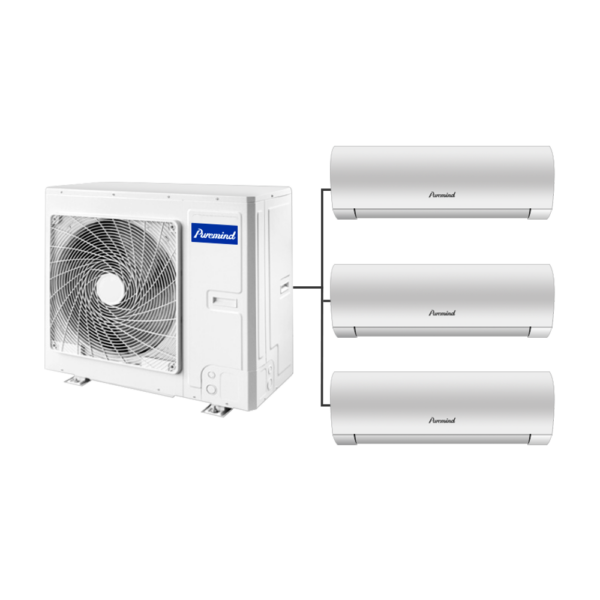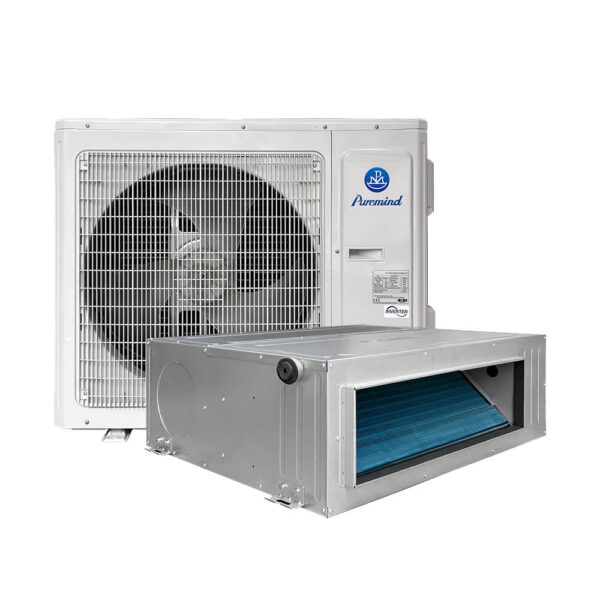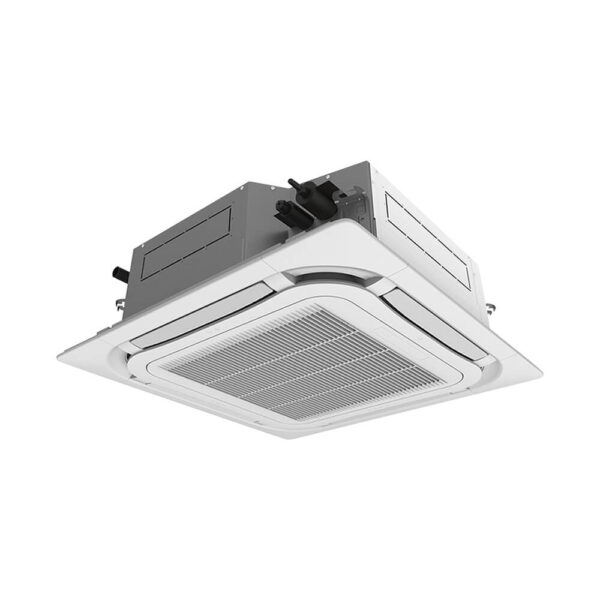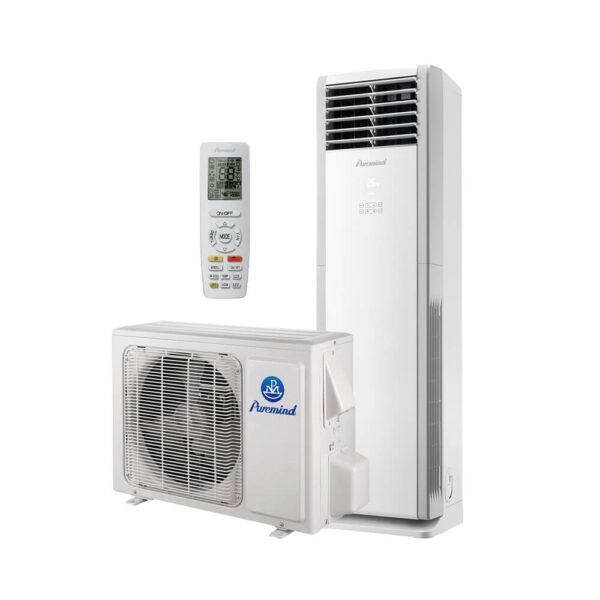HVAC System Manufacturers Guide for Wholesalers, Suppliers & Distributors
The HVAC industry plays a critical role in providing comfortable, healthy, and energy-efficient environments for residential, commercial, and industrial spaces. At the heart of this industry are the HVAC system manufacturers who design, produce, and supply the systems that wholesalers, suppliers, and distributors bring to market. This guide explores who these manufacturers are, their capabilities, the latest technologies they employ, and how they impact the global supply chain.
Who Are HVAC System Manufacturers?
HVAC system manufacturers are companies that specialize in producing heating, ventilation, and air conditioning equipment. Their product range typically includes central air conditioning systems, heat pumps, furnaces, VRF systems, and ductless split systems. Many also offer custom solutions for industrial applications.
Key Responsibilities
- Designing HVAC equipment that meets regulatory and performance standards.
- Manufacturing and assembling systems for various market segments.
- Integrating advanced technologies for energy efficiency and smart control.
- Testing products according to ASHRAE and other industry standards.
Technologies Driving Modern HVAC Manufacturing
Leading HVAC system manufacturers are embracing new technologies to meet the demands of a more energy-conscious and environmentally aware market. Key innovations include:
- IoT and Smart HVAC: Systems equipped with sensors and connectivity for remote monitoring and predictive maintenance.
- Variable Refrigerant Flow (VRF) Technology: Precision temperature control and reduced energy waste.
- Low-GWP Refrigerants: Eco-friendly refrigerants that minimize environmental impact.
- Advanced Heat Recovery: Systems designed to capture and reuse waste heat for increased efficiency.
Impact on Wholesalers, Suppliers, and Distributors
For supply chain partners, understanding the capabilities and priorities of top HVAC system manufacturers is essential. Benefits of working with industry leaders include:
- Access to cutting-edge HVAC products.
- Enhanced product reliability and lower maintenance needs.
- Compliance with regional and global efficiency regulations.
- Marketing support and training resources.
Example: Split Air Conditioner Systems
Among the most popular product categories produced by HVAC system manufacturers are split air conditioners. These systems are valued for their flexibility, efficiency, and ease of installation. Distributors can explore the split air conditioner product range to meet both residential and light commercial needs.
Global Leaders in HVAC System Manufacturing
While there are many manufacturers worldwide, several stand out for their innovation, quality, and market presence. These companies often set the benchmark for technology adoption and environmental responsibility. Their influence extends into research and development, supply chain best practices, and global standard-setting initiatives.
Selection Criteria for Wholesalers
- Strong track record of product quality and durability.
- Compliance with ASHRAE and local regulations.
- Availability of technical support and after-sales service.
- Ability to supply products consistently despite global supply chain challenges.
Trends Shaping the Future of HVAC System Manufacturers
- Decarbonization: Designing systems with reduced greenhouse gas emissions.
- Integration with Renewable Energy: HVAC units capable of operating on solar or wind power.
- AI-Driven Energy Management: Optimizing system operation to reduce energy consumption.
- Improved Indoor Air Quality: Advanced filtration and air purification technologies.
Challenges Faced by HVAC System Manufacturers
Even top-tier manufacturers face operational and market challenges, including:
- Raw Material Costs: Price fluctuations affecting manufacturing budgets.
- Regulatory Changes: Adapting quickly to evolving environmental laws.
- Technician Training: Ensuring the workforce can install and maintain advanced systems.
- Global Supply Chain Disruptions: Managing delays in component availability.
Best Practices for Distributors Working with Manufacturers
To maximize the value of partnerships with HVAC system manufacturers, wholesalers and suppliers should:
- Stay informed on product updates and technological advancements.
- Offer staff training on installation and maintenance.
- Promote products with verified energy efficiency certifications.
- Use digital platforms for inventory and sales management.
Conclusion
The success of the HVAC industry relies heavily on the capabilities of its manufacturers. By understanding how HVAC system manufacturers operate, adopting their latest innovations, and leveraging their technical expertise, wholesalers, suppliers, and distributors can build stronger product offerings and maintain a competitive edge in the market.







